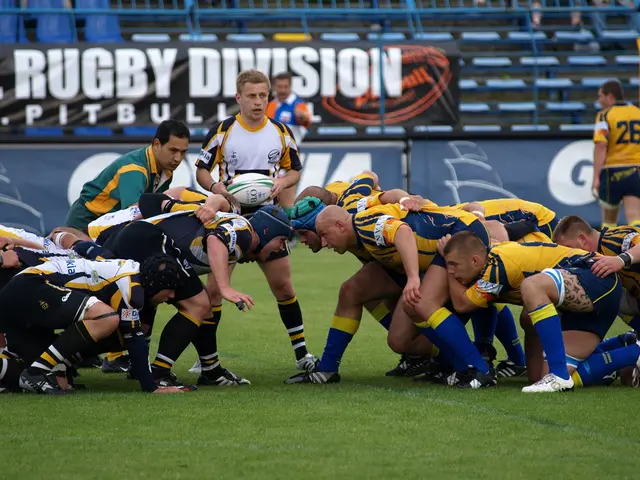Urgent appeal for a football concussion intervention: Make headway now
Young athletes in the United States are experiencing an alarming increase in head injuries and concussions. Between 2002 and 2012, the number of emergency room visits due to concussions rose 200% among children aged 8 to 13, and 56% among those aged 14 to 19.
In 2012 alone, adolescents accounted for 325,000 concussion-related visits to emergency departments, equating to around 40 cases every hour. One blow to the head can be detrimental, but repeated head injuries escalate the risk of catastrophic brain injury, long-term neurological disability, and permanent brain damage.
Undetected and untreated, concussions and other forms of traumatic brain injury (TBI) can be fatal. To combat this, the Centers for Disease Control and Prevention (CDC) launched the "Heads Up" initiative in 2003. In the subsequent ten years, they distributed over a million copies of their materials and trained more than 1.5 million coaches online in recognizing and managing concussions.
Despite these efforts, concerns remain. Concussion can occur due to either a direct hit to the head or an indirect blow to the body. It affects brain function and can lead to memory problems, judgment issues, reflex impairments, speech difficulties, balance problems, and muscle coordination issues.
As many as one in three concussions occur during practice, and one in five high school athletes will sustain a concussion during a season. Most concussions do not involve loss of consciousness, and given that nearly 5.3 million people in the U.S. live with TBI-related disabilities, the issue warrants attention.

Concussions are particularly prevalent in contact sports, with football having the highest rate. High school football activities account for 47% of all sports-related concussions. Statistics show an incidence of concussion among footballers of 64-76.8 per 100,000 participants, compared to 54 per 100,000 in boys' ice hockey. Girls are most at risk when playing soccer, with 33 cases per 100,000, and 11.5-14 cases per 100,000 for cheerleaders.
The CDC has listed symptoms of concussion for coaches and players to watch out for. These include headaches, dizziness, balance problems, vision changes, sensitivity to light or sound, and concentration or memory difficulties. Suspected concussions require immediate removal from play, resting for the rest of the day, and obtaining clearance from a healthcare professional to return.
Dr. Paul Auerbach of the Stanford University School of Medicine has recommended further changes to minimize concussion risks in football. His proposals include eliminating direct opposition at the line of scrimmage, banning intentional striking with the helmet above the face mask, limiting full-contact practice, and requiring a minimum recovery period of at least four weeks before players can return to full play. Failure to adhere to these guidelines could result in coach suspensions.
In 2009, the introduction of "Return-to-Play" laws aimed to give athletes adequate time to recover before returning to the field, following the tragic case of a 13-year-old footballer who spent 9 months in a coma after a concussion. Currently, all 50 states and the District of Columbia have such laws. Prioritizing player safety is crucial to minimizing the risk of permanent brain damage from recurring concussions.

- Concussion, a common injury in contact sports like football, can lead to long-term neurological disorders, chronic diseases, and health-and-wellness issues if not properly managed or treated.
- Besides sports, concussions can also occur due to accidental falls, medical-conditions, or chronic-diseases, and it is essential to recognize their symptoms for effective treatment.
- Adequate understanding, prevention methods, and management strategies for concussions – as provided by the CDC's "Heads Up" initiative – play a crucial role in medical-conditions, health-and-wellness, and sports scenes, helping to safeguard young athletes.








